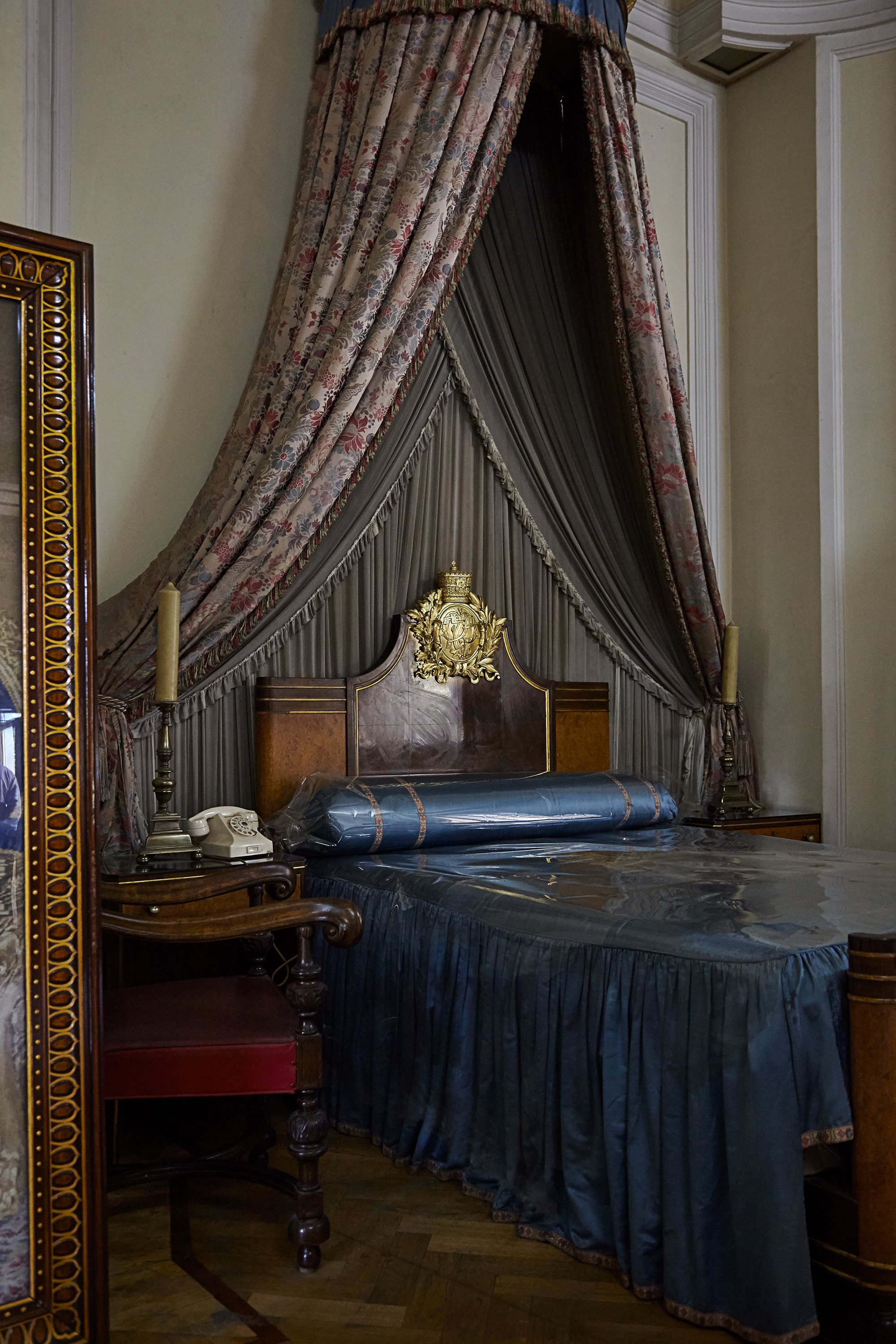Tombs of Kings Kaleb and Gebre Meskel in Axum, which was once the center of the vast Aksumite Empire from antiquity to the Early Middle Ages.
Kibrom, a boy I met in Tigray, which has been consumed by civil war since 2020.
TRAVEL
History,
Seen and Unseen
Is the past a creation, a concept, a memory, a wish?
words and photographs by JESSICA ANTOLA
I’ve been rereading Italo Calvino’s Invisible Cities and pondering the nature of history, what is seen and unseen.
In Northern Ethiopia, I once spent time photographing where the Queen of Sheba’s palace is thought to have stood (circa 1000 B.C.E.). I also shot a large algae-green manmade body of water miles away from her palace that was called her Bath. Both felt surreal: former royal and intellectual hubs—centers of civilization—that are now barren. They are lost to another world, far from the teeming big cities of modern-day life.
In the Syrian desert, I shot around the remains of the ancient Roman Roads (circa 300-500 B.C.E) and the Crusader Forts (circa 11th-13th centuries AD), both of which are still standing. They are tactile reminders of history: The ancient cobblestoned road was marked by chariot wheels, and the walls of the Crusader forts were engraved by the swords of knights riding out into battle on horseback with their blades drawn. I ran my fingers over these marks and felt a visceral connection to the past.
Archeologists in the Rift Valley discovered the bones of the first human, now on display in the museum in Addis Ababa. Not far away is the palace where one can visit Haile Selassie’s bed enshrined in clear plastic. In the absence of a physical presence, history is kept alive through oral tradition, passed down by the hushed voices of monks: “This is where the Arc of the Covenant resides.”
A passage from Calvino takes hold:
“As this wave from memories flows in, the city soaks it up like a sponge and expands…The city, however, does not tell its past, but contains it like the lines of a hand, written in the corners of the streets, the gratings of the windows, the banisters of the steps, the antennae of the lightning rods, the poles of the flags, every segment marked in turn with scratches, indentations, scrolls.”
In the Rift Valley, where the first humans roamed.
“The ancient cobblestoned road was marked by chariot wheels, and the walls of the Crusader forts were engraved by the swords of knights. I ran my fingers over these marks and felt a visceral connection to the past.”
Timket Ceremony in an underground, rock-hewn church.
Haile Selassie’s Bed in his palace in Addis Ababa.
At Lake Tana, the largest lake in Ethiopia and the source of the Blue Nile. Lake Tana has numerous remote islands that are home to several monasteries. Over the centuries, these monasteries have housed the treasures of ancient Ethiopian emperors and the Ark of the Covenant (before it was moved to Axum), and are honored as the site where the Virgin Mary rested on her journey back from Egypt.
Doors of the 10th-century Abraha We Atsbeha Church in Tigray.
On the site of the Great Temple of Yeha, which dates back to 700 BCE and is said to be the oldest standing building in Ethiopia.
Woman near the Blue Nile Falls wearing amulets and crosses for protection and health and to ward off evil.
The Queen of Sheba’s Bath in Axum, which probably was not, as legend has it, where she came to bathe, despite its proximity to her palace.










